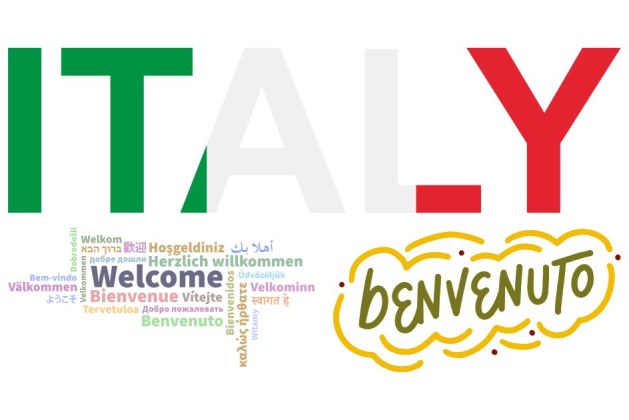The Italian language is rich, beautiful, and expressive, making it a fantastic language to learn for travelers, language enthusiasts, or anyone fascinated by Italian culture. If you’re learning Italian, you might be curious about common phrases that people use in everyday life. Two such phrases are “Welcome” and “Go to hell.” While they represent very different sentiments, knowing how to say both is useful, especially when you’re engaging with locals or brushing up on your vocabulary.
In this blog post, we’ll explore how to say both “Welcome” and “Go to Hell” in Italian, along with their proper context and usage.
How to Say “Welcome” in Italian
The Italian word for “Welcome” is “Benvenuto” (pronounced ben-veh-NOO-toh) if you are greeting a male. If you are addressing a female, it becomes “Benvenuta” (pronounced ben-veh-NOO-tah). The difference in ending reflects the gender of the person being welcomed. These are formal and polite ways to greet someone, and they can be used in various settings, from hosting guests in your home to welcoming someone into a room or building.
- Benvenuto! – Welcome! (to a male)
- Benvenuta! – Welcome! (to a female)
If you’re addressing a group of people, you can say “Benvenuti!” (pronounced ben-veh-NOO-tee), which is the plural form of the word.
You can also say “Benvenuto a casa!” (Welcome home!) or “Benvenuti in Italia!” (Welcome to Italy!), depending on the context.
How to Say “Go to Hell” in Italian
On the other end of the spectrum, if you want to express frustration, anger, or insult someone (though it’s definitely not encouraged in polite conversation!), you might want to know how to say “Go to hell” in Italian.
The phrase for “Go to hell” is “Vaffanculo” (pronounced vahf-fahn-KOO-loh). It’s a very strong and vulgar expression, and it’s best used only in heated moments or when speaking with close friends who understand that it’s not meant literally but rather as an insult.
If you want a milder alternative that’s still not very polite but a bit less intense, you could say “Vai al diavolo” (pronounced vai al dee-AH-voh-loh), which translates literally to “Go to the devil.” This phrase is still quite strong and should be used cautiously, especially in public or formal settings.
Context and Usage
- “Benvenuto/Benvenuta” is an expression of kindness and hospitality. It’s a word you’ll use to greet someone warmly, perhaps when they arrive at your home or even when meeting them for the first time in a more formal setting.
- “Vaffanculo” is one of the more offensive expressions in Italian and should only be used in very informal situations, usually among friends when joking or expressing anger. It’s a good idea to avoid using this phrase in polite company or with people you don’t know well.
- “Vai al diavolo” is less aggressive than “Vaffanculo”, but it’s still a phrase that should be used sparingly. It’s often heard in moments of frustration or when you want to express disdain.
Learning the Right Phrases for the Right Context
As with any language, it’s important to use the right words at the right time. While Italian is known for being a romantic and melodic language, it also has its share of strong expressions that reflect the passionate and sometimes fiery character of its speakers.
In general, “Benvenuto” and “Benvenuta” are great phrases to learn if you want to be welcoming and polite, while “Vaffanculo” and “Vai al diavolo” are phrases to use with caution, if at all, and definitely not in formal or respectful settings.
A Language of Contrasts
Italian is a beautiful language full of contrasts, from its warm and welcoming expressions to its more intense and fiery phrases. Whether you’re greeting someone with a friendly “Benvenuto” or expressing frustration with a “Vaffanculo,” knowing these key phrases can help you navigate Italian conversations with more confidence.
Remember, language is a reflection of culture, and in Italy, emotions often run high—so it’s always best to use these words wisely!




Leave a comment